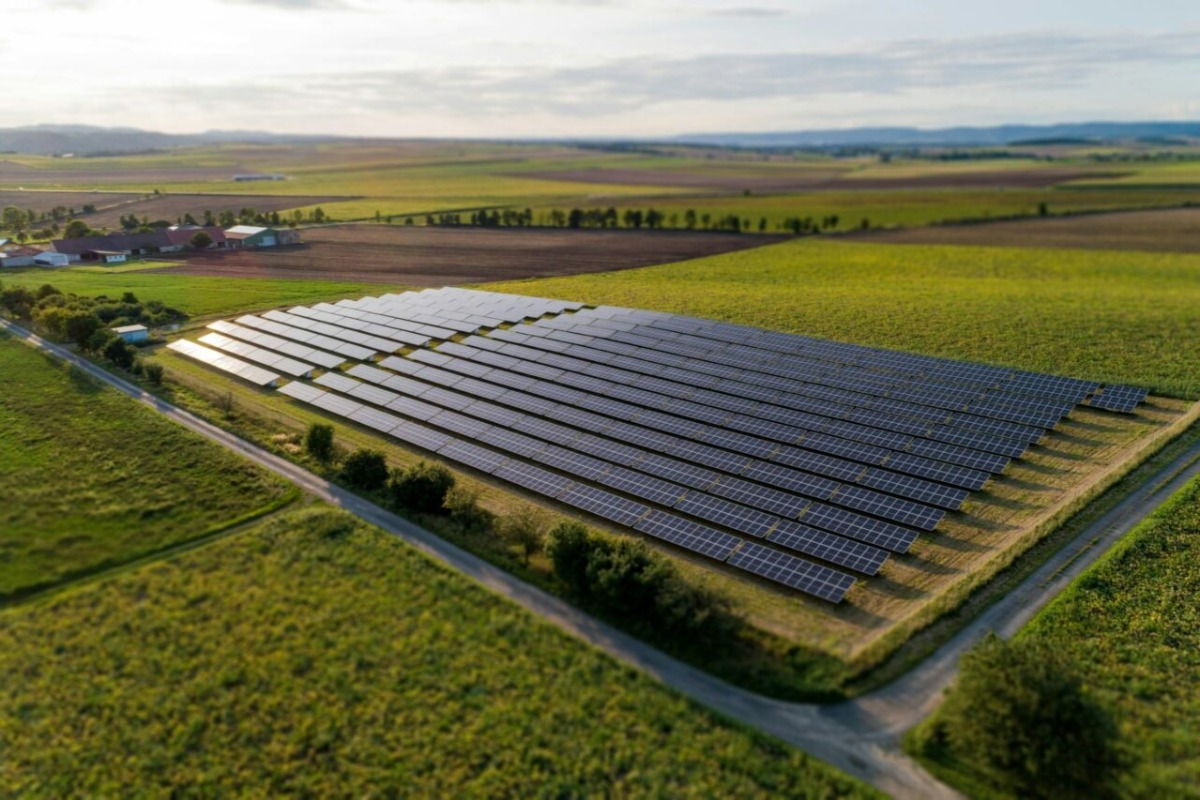

The Solutions Explorer lets you create alerts that match your needs. You can create several alerts and you will receive a notification each time a new Solar Impulse Efficient Solutions is labelled and matches your filters.
Your Search Alerts will show up here.
Sign in to create alerts for your filters and search terms.
Sign inDon't have an account?
Sign upFebruary 21, 2024
Notus Energy
Paris

As part of an agrivoltaic project led by Notus Energy, we studied the ecological potential of a site to propose developments integrating biodiversity and agricultural functionalities. E-BIOM therefore carried out a Biodiversity Assessment and completed it with eDNA analysis of several biotic parameters such as the biological quality of the soil (soil samples), the melliferous potential (honey samples), the floristic diversity (plant kits) and inventories of aquatic biodiversity (water samples).
- Biodiversity inventories carried out according to a scientific protocol - eDNA highlighted the presence of several aquatic species of biological interest - eDNA on soil allowed the implementation of 3 biological quality indicators - eDNA on honey made it possible to determine the flora diversity and the honey potential - eDNA based on the plant kit revealed the soil texture and hydric conditions - eDNA made it possible to highlight several parameters to best guide this agrivoltaic project
Our Solution is based on our methodology, called environmental DNA. The principle is simple: all living organisms leave DNA traces in their environment. It is thus possible, based on a simple sample of the environment such as water from a pond or a river, seawater, a little soil or honey, to recover and analyze this DNA to precisely determine the biodiversity present in the ecosystem. And when we talk about biodiversity, we talk about all living organisms, from bacteria to humans. In our laboratory, the DNA present in the sample is extracted. This DNA is generally present in small quantities and must therefore be amplified by PCR. After DNA sequencing, our bioinformaticians analyze and interpret this data with the help of our ecologist team. The method is powerful and can be applied to monitoring biodiversity for effective conservation, impact mitigation and restoration projects, but also for the detection and monitoring of pathogens or bacteria in wastewater or industrial processes.
Share
The information set out above, is solely for the purposes of information and the Solar Impulse Foundation does not provide any guarantee as to its authenticity, completeness or accuracy. This information does not constitute investment advice or a recommendation to buy into, transact or to enter into any agreement with any of the parties or persons mentioned above. Potential investors or interested parties are solely responsible for their investment or business decisions and for performing any due diligence required by the circumstances. The innovator has asserted ownership of the intellectual property rights for images, videos, and content showcased above, affirming full and unrestricted usage rights, and has provided explicit permission for the Solar Impulse Foundation to publish such information designated as "public" in the application form.